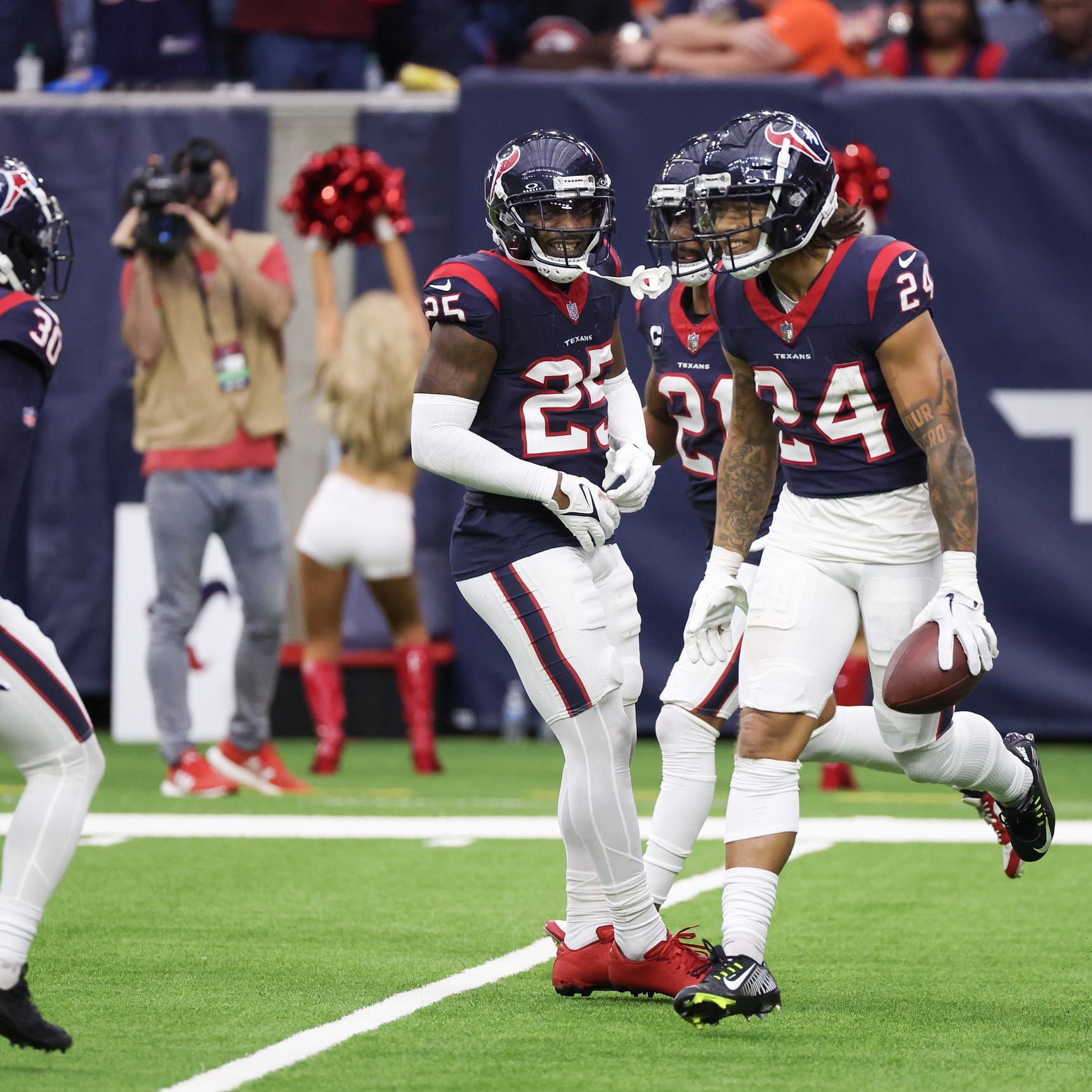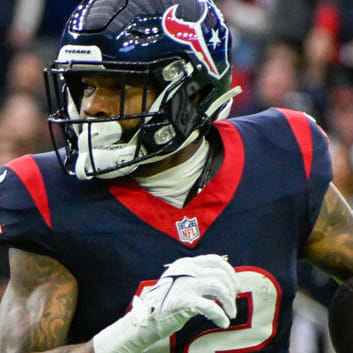This article is part of our According to the Data series.
Using History to Craft Your 2013 Fantasy Football Rankings
One of the major errors I see fantasy owners make is approaching the draft as if their projections and rankings are flawless. They often rank players as if their views are undoubtedly superior to others' opinions, then draft as if those rankings are flawless. The best fantasy owners, however, leave room for error.
They have a good idea of their own imperfections, and they act accordingly.
That was the general concept behind last week's article comparing the RotoWire Top 200 Overall Composite Rankings to ADP. Aggregate rankings are valuable because they don't give much weight to outliers. When you rank a player well above or below the consensus of experts, you really have to examine that player in greater depth. You might be right, but the more your opinion differs from other independently crafted expert opinions, the greater the certainty you need to have in your projection. If you don't account for the inherent uncertainty in fantasy football and your own potential fallibility, you could be left with a board full of poorly ranked outliers.
2013 Versus History
I bring this up because I see fantasy owners putting too much stock in their analysis of how a particular season will unfold. They target specific positions in a manner that suggests the previous season will repeat itself. We saw this last year when so many owners targeted quarterbacks early after the recent outlying seasons from some of the game's top passers. In
Using History to Craft Your 2013 Fantasy Football Rankings
One of the major errors I see fantasy owners make is approaching the draft as if their projections and rankings are flawless. They often rank players as if their views are undoubtedly superior to others' opinions, then draft as if those rankings are flawless. The best fantasy owners, however, leave room for error.
They have a good idea of their own imperfections, and they act accordingly.
That was the general concept behind last week's article comparing the RotoWire Top 200 Overall Composite Rankings to ADP. Aggregate rankings are valuable because they don't give much weight to outliers. When you rank a player well above or below the consensus of experts, you really have to examine that player in greater depth. You might be right, but the more your opinion differs from other independently crafted expert opinions, the greater the certainty you need to have in your projection. If you don't account for the inherent uncertainty in fantasy football and your own potential fallibility, you could be left with a board full of poorly ranked outliers.
2013 Versus History
I bring this up because I see fantasy owners putting too much stock in their analysis of how a particular season will unfold. They target specific positions in a manner that suggests the previous season will repeat itself. We saw this last year when so many owners targeted quarterbacks early after the recent outlying seasons from some of the game's top passers. In 2012, the quarterbacks came back to earth (or, more accurately, other quarterbacks have "caught up"), and now all of a sudden everyone is back to the you-can-wait-on-a-quarterback draft strategy.
The truth is that there's more randomness involved with fantasy point distributions than some of us want to believe. We saw another example of that last season with the lack of elite tight end production. Those owners who were high on quarterbacks and tight ends due to their consistency - myself included - got burned at times.
Heading into any season, fantasy production - namely the consistency and scarcity of each position - is likely to resemble what it's been in the past, but over large samples. The game certainly changes, and we need that to be reflected in our rankings, but it doesn't change so fast that past data becomes meaningless. Yes, we need to look at each season, position, and player individually, but it helps to understand trends.
Chris Liss recently sent me an e-mail with a very interesting article on expected production in fantasy football. That article - is worth a read, as it uses data from 1999 through 2012 to show the relative scarcity of each position. Those with steep initial drops - running back, wide receiver, and tight end - have been the scarcest. Meanwhile, quarterback production has been linear, while kickers and defenses have very little scarcity or predictability.
For the record, I did a similar study in my book Fantasy Football for Smart People: How to Dominate Your Draft. I concluded quarterbacks and tight ends hold just a bit more value than shown above because they're more consistent from year to year, but the results were comparable.
If we're trying to predict the final distribution of fantasy points in 2013, my guess is it's more likely to resemble what's described above than what we saw in 2012 (which included less of a drop at tight end, among other changes). Yes, 2012 might be the most relevant individual season, but just as composite rankings generally outperform the individual rankings of any one expert, historic data can typically beat out single-season data.
When Value Disappears
I think it's worth noting that so much of our fantasy football decision-making is dictated by game theory. We absolutely need to consider the views of those in our league before making any decisions, and an advantage is no longer an advantage if everyone knows about it. Chris and I have talked about how he'll use a generally contrarian draft strategy this year, sometimes forgoing a running back-heavy early strategy because 1) so many others are doing it and 2) because of that, he doesn't see the same sort of value at the position in the early rounds.
The running-back heavy strategy has come back into vogue this year because so many owners see the scarcity (and thus value) at the position. But if everyone sees it and subsequently targets running backs, that value dissipates. In the same way that a well-timed running play on third-and-six can work in the NFL even though it's generally considered "sub-optimal" compared to a pass, targeting less scarce positions can be the value play if other owners are overvaluing running backs.
We'll have to see how draft trends change as the season approaches, but remember that in a game of competing minds, the "best" strategy is often the one others overlook.
Jonathan Bales is the author of the Fantasy Football for Smart People book series. He also runs the "Running the Numbers" blog at DallasCowboys.com and writes for the New York Times.










